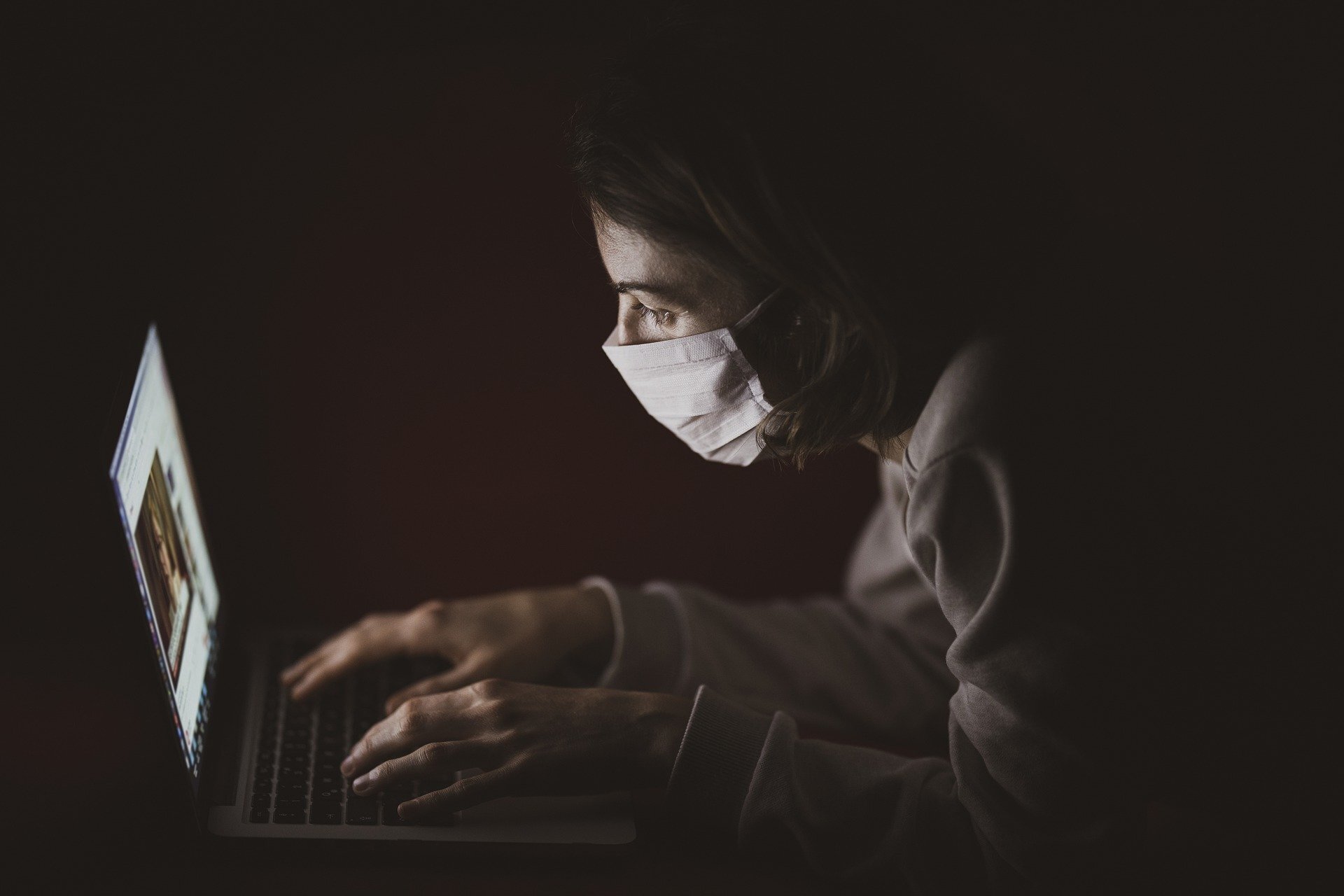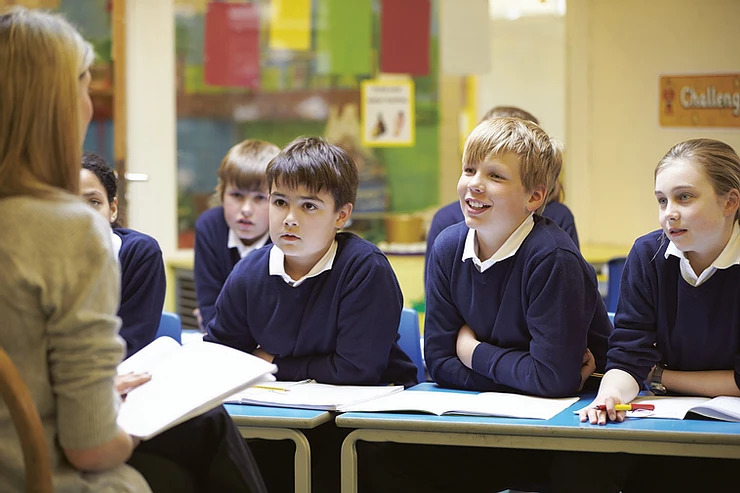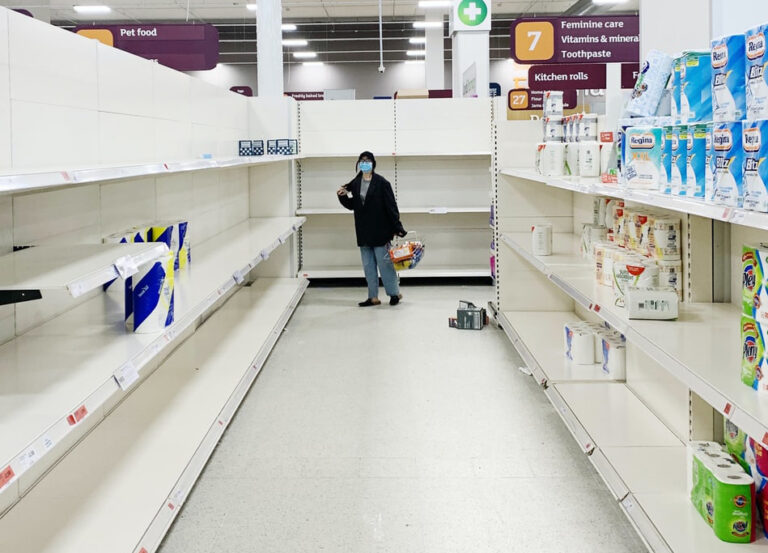Remote Learning and Mental Health
COVID-19 has had a devastating impact on all of our lives. Front-care health workers are pulling 18-hour shifts; restaurant owners are forcing to close their long-established businesses, and much of the workforce has had to adjust to working remotely. One of the greatest impacts of the pandemic has been the shift to remote learning, effectively turning kitchens into school rooms and dining room tables into desks. This disruption has negatively impacted students’ performance in school. Students’ grades have been slipping since the start of the pandemic, with even top students receiving their first D’s and F’s.
However, the extent of these effects goes beyond failing grades. There is also the deleterious impact on children’s well-being. The closing of schools robbed students of the chance to experience key milestones, such as proms and graduation, which had to be cancelled. When it seemed like the virus was going to stick around for the beginning of the new school year in the fall, students again were robbed of the chance to experience more firsts, like the first year in college or high school. While missing these critical events has understandably been distressing for students, the long-term impacts of remote learning could be even worse.
Indeed, in the recent months the rates of students with mood disorders, such as depression and anxiety, has spiked [1]. Loneliness, frustration, “screen fatigue”, and uncertainty have all contributed to worsening mental health in America’s youth. As one parent pointed out in a recent survey, her son “gets very emotional with all of the screen time and very frustrated with navigating the online classroom set up. Most days he spends crying trying to stay caught up” [2]. Another parent surveyed stated that “My child is so sad… He wants to play with his friends and sit next to other kids on the bus. It’s important for his social skills”.
Is there anything that can be done to dampen the negative impact of remote learning on students’ mental health? According to Ray Lozano, the executive director of student and family empowerment at the El Paso Independent School District, part of the solution can come from incorporating social and emotional learning (SEL), which he defines as “competencies [such as] self-awareness, self-management, social awareness, responsible decision-making and relationship skills” [3] into the home-school setting. Lozano offers a few strategies to employ based on these principles. For one, parents can have “check-ins” which would allow kids to share how they’re doing and how they are holding up. In these check-in moments parents should honor these feelings, and try to help children work through them.
Teachers can also help engage their students more effectively by employing simple activities that adjust their teaching methods to reflect the reality of virtual learning, which is a very different environment than the classroom. Some teachers have been experimenting with ways to keep their students engaged. For example, middle-school teacher Stephen Guerriero tries to start classes with a little levity. For instance, this past spring Guerriero had his students hold their pets up to the camera to help put students in a good mood.
Ultimately, it may only be until after vaccination that we can return to some sense of normalcy in our school systems. Unfortunately, it will be several months until enough of the population is inoculated to reopen safely. Hopefully, this will give students hope that they will soon be able to go back to school. Until then parents and educators need to stay alert for signs of a mental health problem. By utilizing effective strategies to help students navigate through the stress of remote learning, we can mitigate the negative impact of the pandemic on students’ mental health.
Citations:
1. “Pandemic Takes Toll on Children’s Mental Health”. Weekend Edition Saturday. NPR. KQED, 28 Nov. 2020,Radio.
2. The Seattle Times. Remote learning: Harmful to students’ mental health. Published online on December 1, 2020, at https://www.seattletimes.com/opinion/remote-learning-harmful-to-students-mental-health/. (Accessed December 14, 2020)
3. Vox.com. Remote school has kids isolated and stressed. Here’s how to help. Published online 10 Sept. 2020 at https://www.vox.com/21429008/kids-covid-19-schools-students-remote-stress. Accessed 15 Dec. 2020.
1. “Pandemic Takes Toll on Children’s Mental Health”. Weekend Edition Saturday. NPR. KQED, 28 Nov. 2020,Radio.
2. The Seattle Times. Remote learning: Harmful to students’ mental health. Published online on December 1, 2020, at https://www.seattletimes.com/opinion/remote-learning-harmful-to-students-mental-health/. (Accessed December 14, 2020)
3. Vox.com. Remote school has kids isolated and stressed. Here’s how to help. Published online 10 Sept. 2020 at https://www.vox.com/21429008/kids-covid-19-schools-students-remote-stress. Accessed 15 Dec. 2020.








